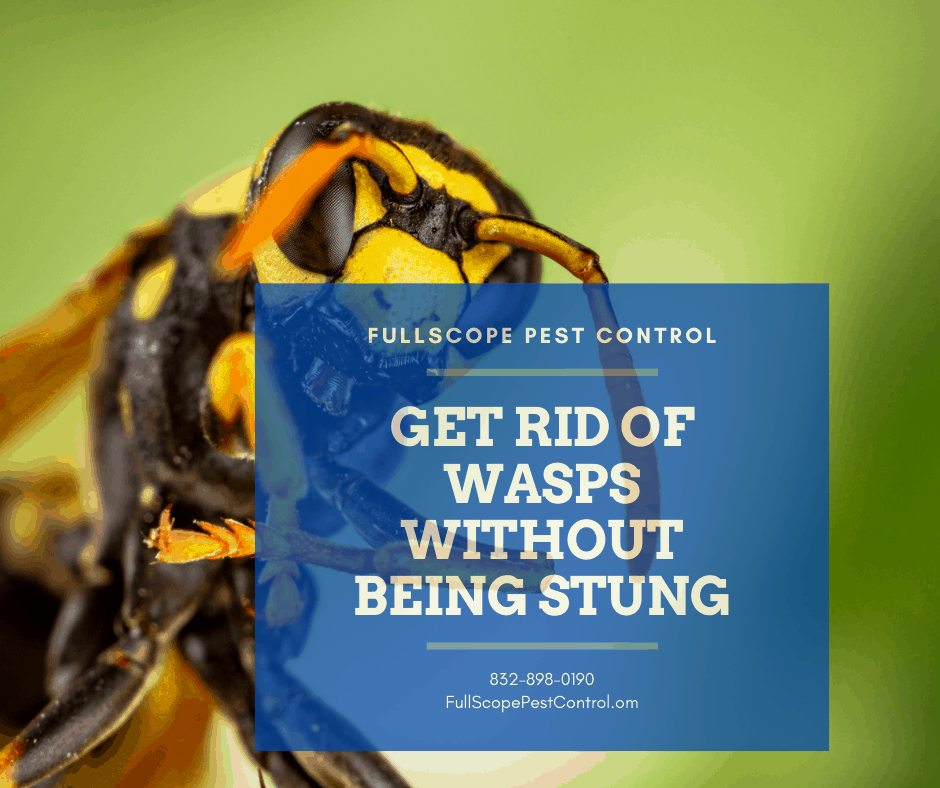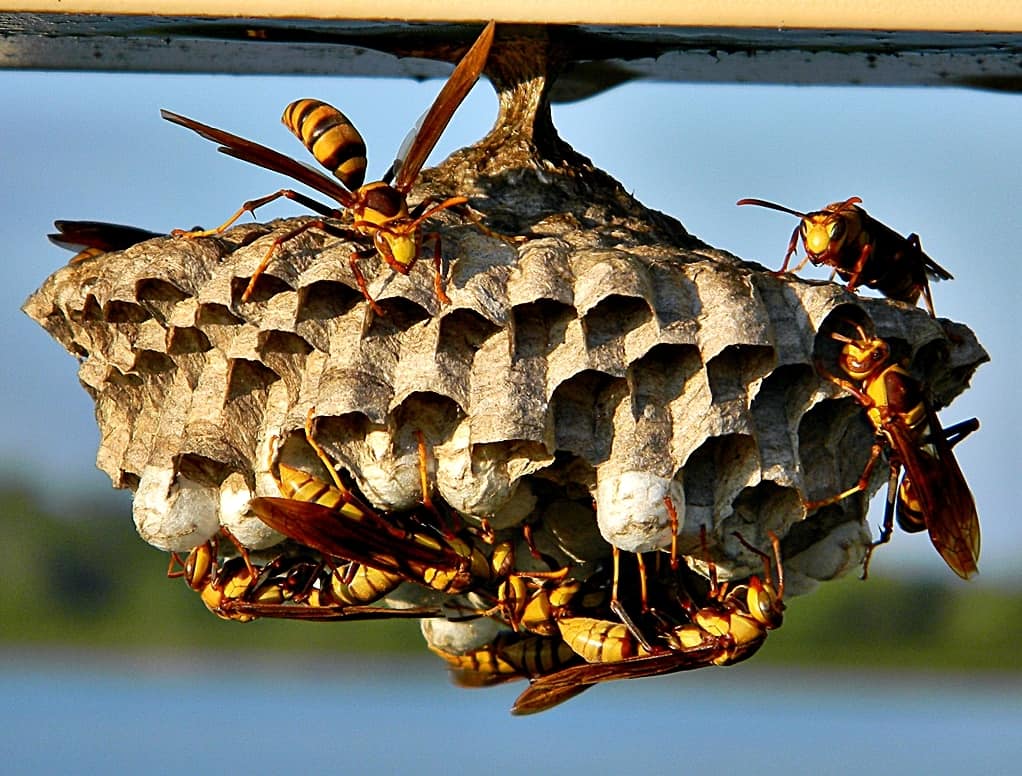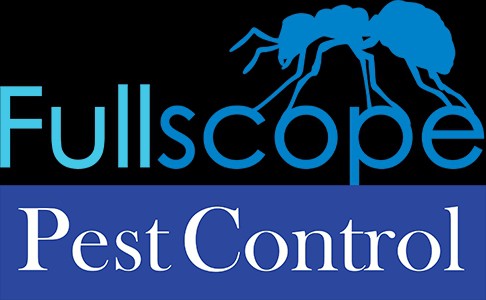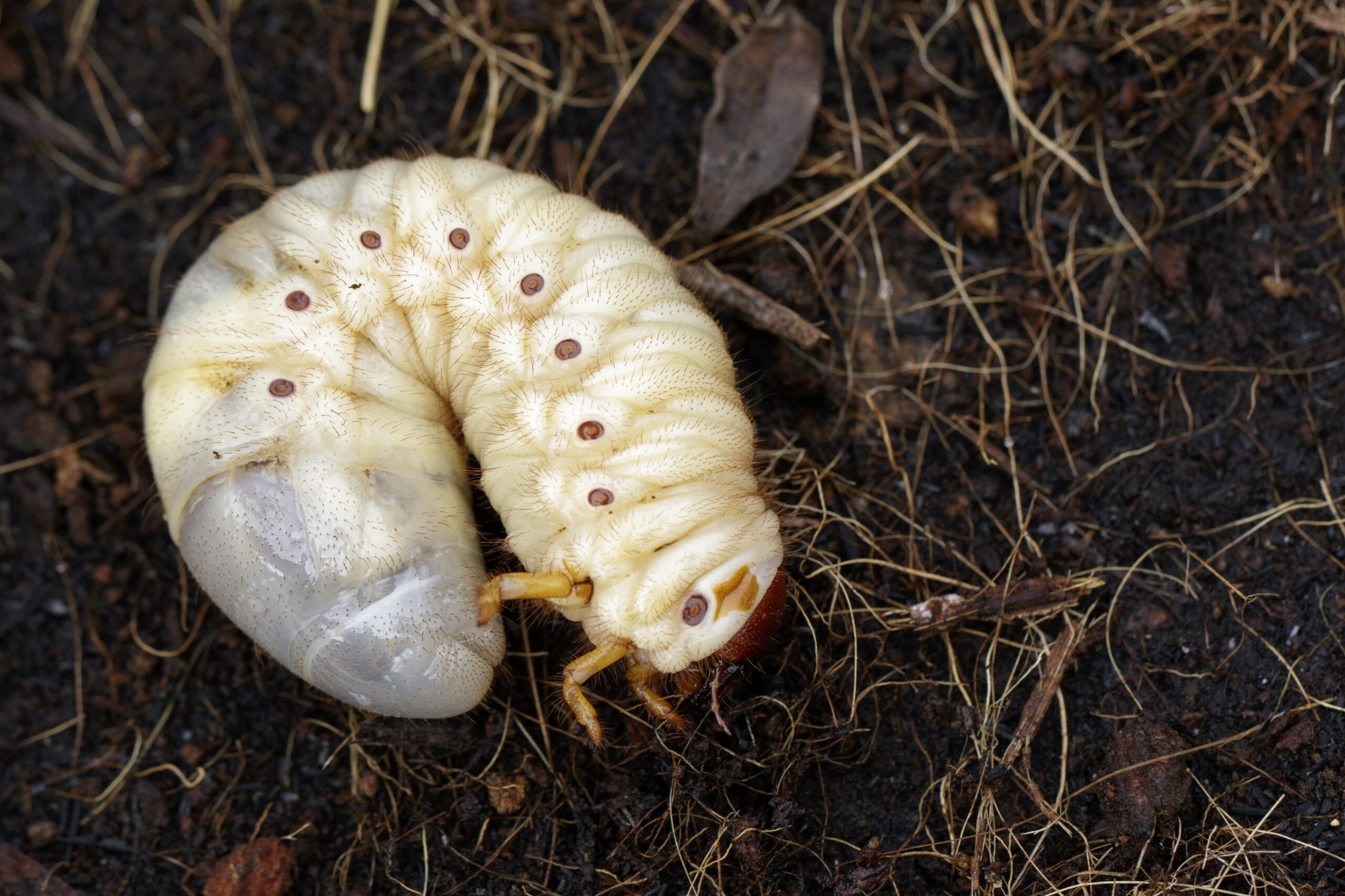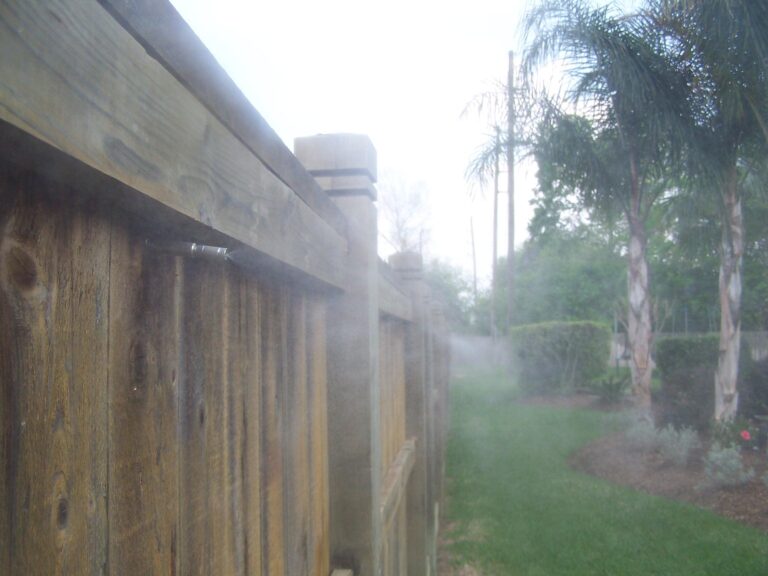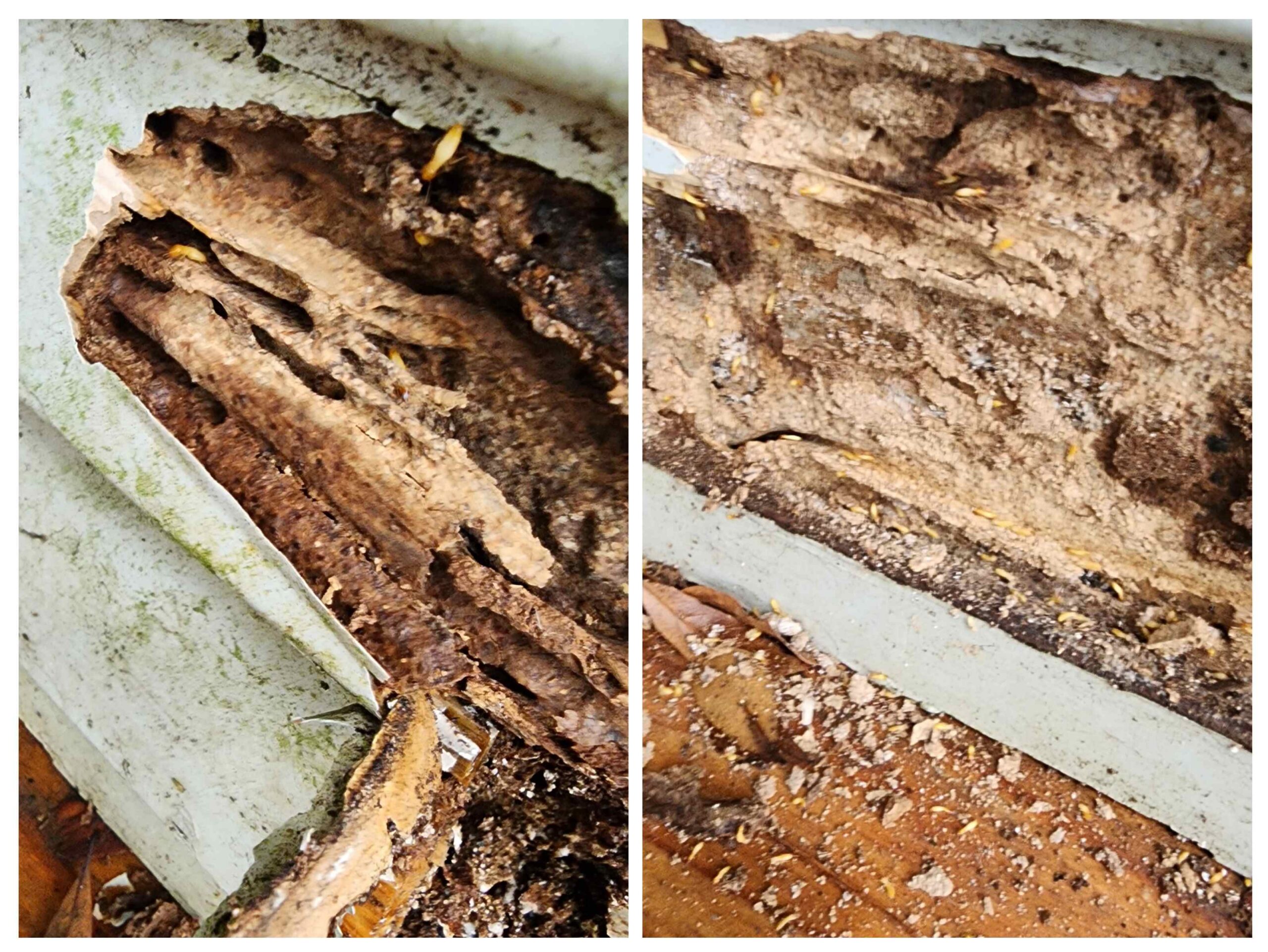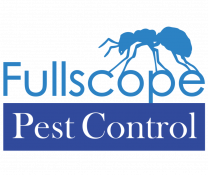Is there a way to remove a wasp nest around your home or on your property without getting stung? That’s a tricky question, and many homeowners mistakenly believe that the best way to get rid of wasps is to go right out and remove the nest itself. Big mistake.
If you attempt to remove an active wasp nest, you’re exposing yourself to getting stung by angry wasps, which is not only extremely painful, it can also prove fatal if you happen to be allergic to wasp stings.
The term “wasps” can be used to reference Paper wasps specifically, but in this context, we use “wasps” to refer to “social wasps,” which are specific aggressive wasp species, including Paper wasps, hornets, and Yellow jackets. There are other, less aggressive wasp species, like the Mud dauber, who aren’t as aggressive, but that will sting you if provoked.
Must Read:EARWIGS IN YOUR PORTER HOME
How Do You Get Rid of a Wasp Nest Without Getting Stung?
Should you remove a wasp nest yourself? Wasps are instinctively very territorial and become aggressive the moment they feel their nest and queen are being threatened. In attack mode, they release a pheromone scent to request help from fellow wasps nearby. One attacking wasp can quickly turn into several attacking wasps.
Another thing about wasp stings. They don’t sting you once and then hobble of to die like bees do. Their stingers are not barbed, which means they can inflict multiple painful stings and then go about their day. If any wasp sting causes an allergic reaction (worse yet, a severe allergic reaction), medical attention should be sought quickly.
Children and the elderly are more susceptible to such adverse reactions to wasp stings.
The Best Advice to Get Rid of a Wasp Nest
It is strongly recommended that homeowners call a good pest control company to handle removal of any wasp nests you find around your home or property. They have the proper equipment and expertise to handle such a dangerous job. You should call them, particularly if you are allergic to wasp stings.
If you must remove a wasp nest yourself, keep the following in mind:
- Have an “exit strategy” and plan ahead of time. Keep children and pets indoors.
- Wear protective clothing. Wear long sleeves, pants, gloves, shoes or boots, and cover your head, neck and face as best you can.
- Treat the nest in the evening or at night, when the wasps are more relaxed and are settling down. Avoid using a flashlight, if possible, and approach the nest slowly.
- For nests that are very high up in the air and require a ladder, reconsider calling a pest control company. If you need to retreat while treating the nest, you could really end up getting injured.
- Use a product specifically labeled to treat for wasps and/or hornets, and preferably one that you can spray from a safe distance back.
- Leave the nest alone for a full month, and re-treat it, if necessary. You should at least see a significant decrease in wasp activity. Wasps will NOT repopulate a dead nest (especially if it’s been treated with pesticide), so once you’re no longer seeing wasp activity, the nest should be safe to take down for disposal.
You can put preventive measures in place, but at some point, you may just end up dealing with a wasp nest. If you are overwhelmed by a wasp problem in your home or business, or even for preventive maintenance, contact our Texas pest control experts today! You can also call us at 832.898.0190. We can help you and your family enjoy the summer with a home and yard free of wasps.
Call Us Today! 832.898.0190
Error: Contact form not found.

